Book Description
Per Jonas Nordhagen’s work on the frescoes of S. Maria Antiqua in Rome is of fundamental importance to the study of early medieval art in Italy.
This volume brings together for the first time Professor Nordhagen’s work on medieval Roman mosaics and fresco painting. The book begins with a section on Mosaics and Techniques, covering the mosaic techniques in use during this period in Rome. The subsequent section, on S. Maria Antiqua, includes the author’s papers on the fresco decoration of this church, one of the most important monuments of early medieval art in Italy. There follows a selection of papers on iconography, derived from a study of the subjects treated in the mosaic and fresco cycles of this period. Four subsequent articles deal with various themes involved in studying the art of the early medieval period in Rome, and its links with the art of the British Isles. The author has added supplementary notes to correct mistakes in the earlier articles, and to draw attention to subsequent research on the monuments.
Contents
Preface
The Technique of Italian Mosaics of the 4th and 5th Century A.D.
The Archaeology of Wall Mosaics: A Note on the Mosaics in Santa Maria Maggiore
The Mosaics of the Great Palace of the Byzantine Emperors
The Mosaics in the Cappella di S. Aquilino in Milan: Evidence of Restoration
The Penetration of Byzantine Mosaic Technique into Italy in the Sixth Century A.D.
The Mosaics of John VII (705-707 A.D.). The Mosaic Fragments and their Technique
Gli effetti prodotti dall’uso dell’oro, dell’argento e di altri materiali nell’arte musiva dell’alto medioevo
The Earliest Decorations in Santa Maria Antiqua and their Date
Santa Maria Antiqua. The Frescoes of the Seventh Century
The Frescoes of John VII. Problems of Chronology
Santa Maria Antiqua Revisited
La più antica Eleousa conosciuta
The Integration of the Nativity and Annunciation to the Shepherds in Byzantine Art
The origin of the Washing of the Child in the Nativity Scene: Un problema di carattere tecnico e iconografico in S. Prassede
“The Harrowing of Hell” as Imperial Iconography. A Note on its Earliest Use: Icons Designed for the Display of Sumptuous Votive Gifts
The “Cross Under Arch” Motif in Early Medieval Art and its Origin
Working with Wilpert. The Illustrations in Die Römischen Mosaiken und Malereien and their Source Value
The Use of Palaeography in the Dating of Early Medieval Frescoes
A Carved Marble Pilaster in the Vatican Grottoes and Some Remarks on the Sculptural Techniques of the Early Middle Ages
The Codex Amiatinus and the Byzantine Element in the Northumbrian Renaissance
Italo-Byzantine Wall Painting of the Early Middle Ages. An 80-year old Enigma of Scholarship: Byzantium and the West
Additional Notes
Index
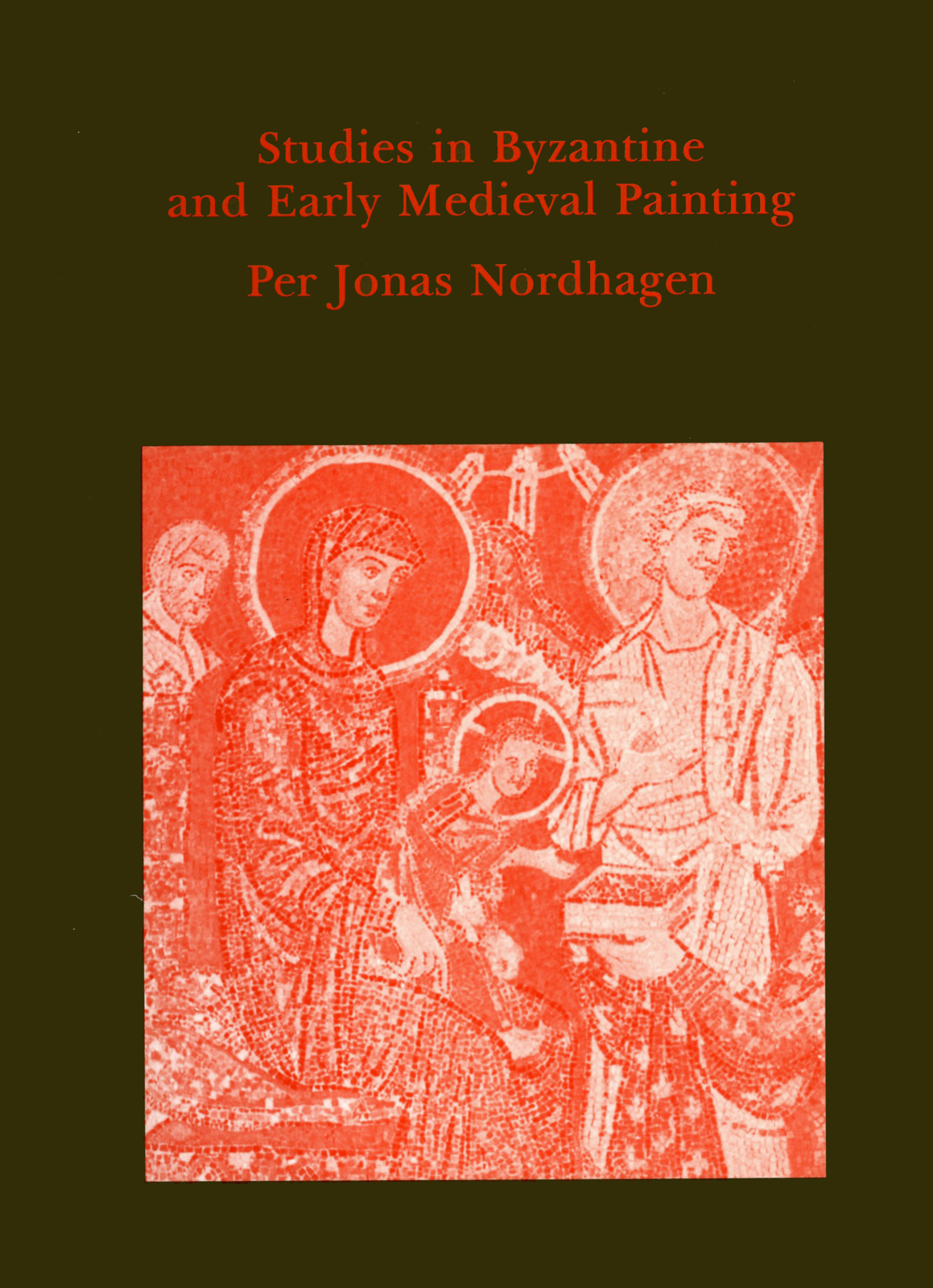
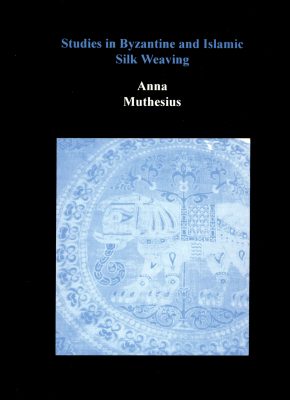
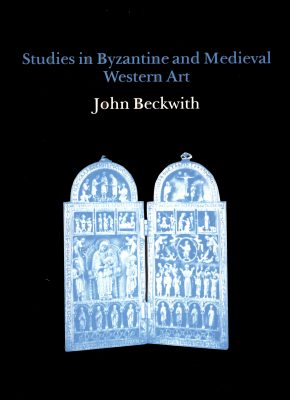
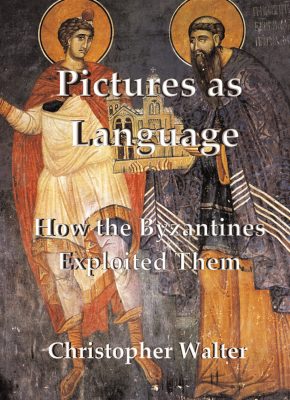
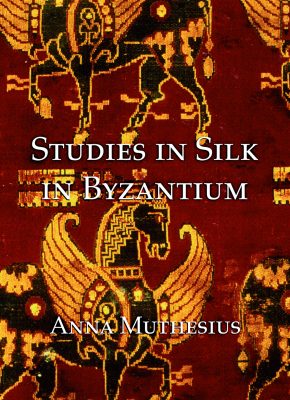
Reviews
There are no reviews yet.